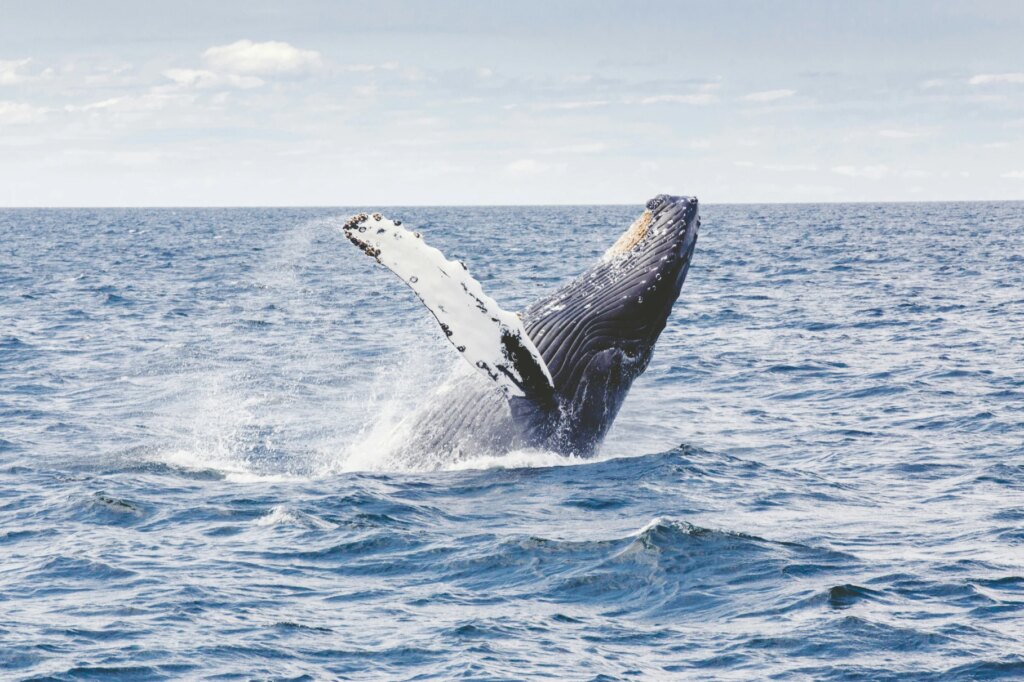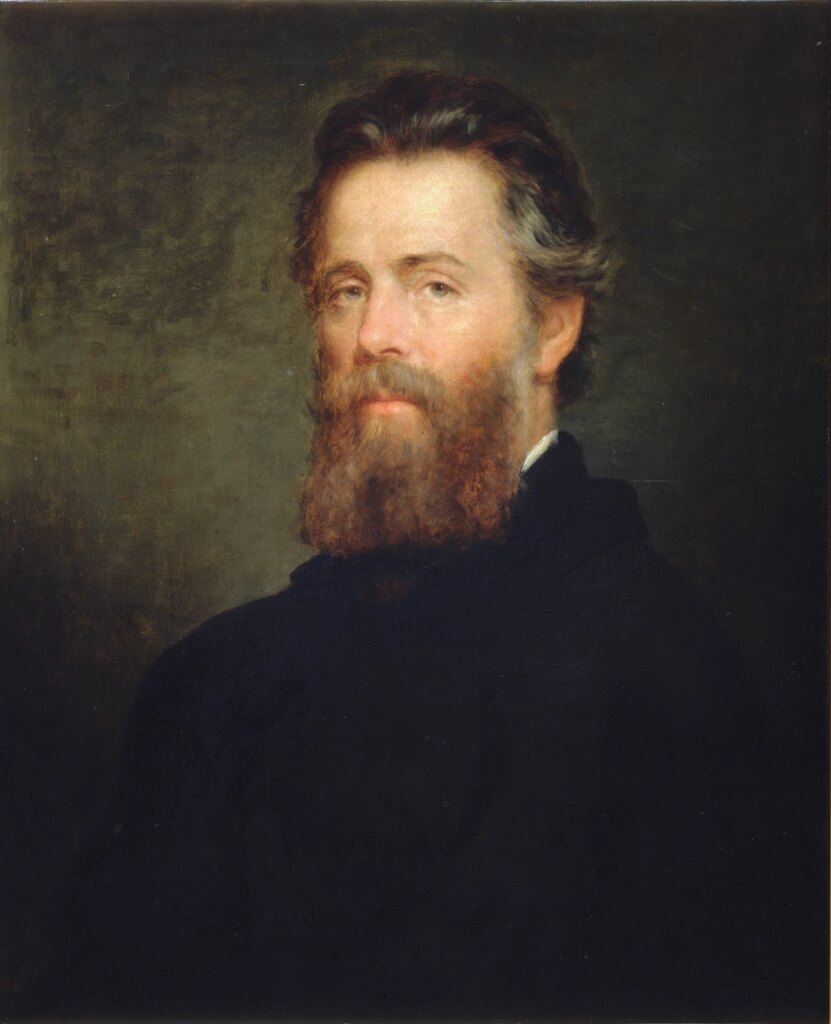Herman Melville’s Moby Dick is a great classic of literature, but it can be daunting. Try these three strategies, and find your way into this text.
Herman Melville’s sprawling work Moby Dick is almost universally regarded as a literary masterpiece, but the sheer scale of the thing can be daunting. So how can you go in search of your own white whale, without getting dragged down into the deep?

A Sprawling Masterpiece
In October 1851, Herman Melville published The Whale, better known to readers around the world as Moby Dick. Moby Dick was first published on October 18, 1851, in the United Kingdom under the title The Whale, and shortly after in the United States on November 14, 1851, as Moby-Dick; or, The Whale. From its now legendary opening (“Call me Ishmael”) to its similarly evocative conclusion, the novel is a 635-page epic that takes us right the way around the world, and into the depths of human psyche and obsession.

And it takes us to other places too. It takes us on a journey into biology and zoology. It documents human history and industry. It posits philosophies on the nature of ambition and endeavor. Moby Dick does many things over its span, and it’s this complexity that has daunted readers in the past.
So how do we make our way into this text? How do we gain a foothold, so the whole thing doesn’t wash us away with its enormity? Here are three possible strategies.
Strategy #1: Make Your Journey in Increments
Moby Dick is made up of a series of chapter cycles that move us forward through the narrative, but also flesh out that narrative as we go. The story itself is known to most of us, and is relatively simple – our protagonist enlists aboard a whaling ship, and finds himself drawn into the dark personal vendetta of its captain. But the way in which this narrative is presented is a little more complex.

This is why Nathaniel Philbrick, a scholar of Melville and a novelist himself, suggests a structured, disciplined approach. Setting yourself a few chapters to read each night will keep you moving forward without feeling overwhelmed. Many of the chapters are relatively short, and this bite-sized approach has seen many people make startling progress with what they had previously thought to be an impossible novel.
Writer Michael Russell agrees with Philbrick’s view. “There’s only one way to read Moby Dick”, he says, “two chapters a night, at your desk, with a glass of scotch”.
The whisky is optional.
Strategy #2: Dive into an Encyclopedia of Another Time and Place
One of the factors that make Moby Dick so sprawling is the sheer expansiveness of its scope. This is also one of the key reasons why readers may find themselves overwhelmed.
You’ll get your head around the narrative in about 45 seconds. Head out into the street and ask a random stranger to tell you the story of Moby Dick, and most will have some idea – it doesn’t mean they’ve read it. Instead, the richness of the novel is found in its documentary detail.

Embrace this detail. Learn all about the society of New England in the early-to-mid 20th Century. Discover more about an industry and an economy that has largely been left on the pages of history books. Dive in to cetology and marine biology, and gain insight into the mysteries of the ocean.
Melville was a seafaring man himself, and his work is meticulously researched. It’s as close to a primary source as many of us will ever get, bringing a distant time and place to life in an astonishing fashion.
Strategy #3: Get Philosophical with the Text
The whaling industry is a controversial topic, almost two hundred years on from Melville’s work. But to view Moby Dick as a pure celebration of that industry is to miss the point somewhat. It’s certainly true that Melville is writing from a different historical viewpoint, and he probably wouldn’t understand the revulsion to whaling that many of us feel today. However, he sought to do something different with his novel.

Moby Dick is, at its heart, a philosophical text. Ishmael and his shipmates are coaxed out onto the ocean by economic necessity, putting themselves in harm’s way out of a need to make a living and carve their own way in the world.
In doing so, they are drawn into a Shakespearean tale of vengeance, obsession, and the all-consuming power of ambition.
The figurehead for all of this is Captain Ahab. A nightmarish figure – a larger-than-life character with a complex past – Ahab forms the focal point for the novel’s philosophical and psychological leanings. Despite his fantastical presentation, we can all see something of ourselves in Ahab, as we consider the meaning of our own existence in the world.
Grappling with these existential themes is what makes Moby Dick so fascinating. For those who like to look a little deeper, and ponder the more elusive truths of life and literature, the novel is a must-read text.
Setting Sail on a New Voyage

The point of this article was never really to give you a definitive way into the text. That’s simply impossible – we all read in our own ways, and engaging with a novel is always a personal experience. Instead, the aim was to provide some inspiration, and to highlight the treasures that lie in-store when you open Moby Dick for the first time.
Just like Ishmael, just like Ahab, just like Queequeg and all the others onboard, you’re on a voyage. As to the nature of that voyage – whether you encounter smooth-sailing or rough seas – well, that remains to be seen. One thing’s for certain: it’s going to be an adventure. So set sail, and delve into one of the greatest novels in literary history.
Join our community of 1.5M readers
Like this story? You'll love our free weekly magazine.








